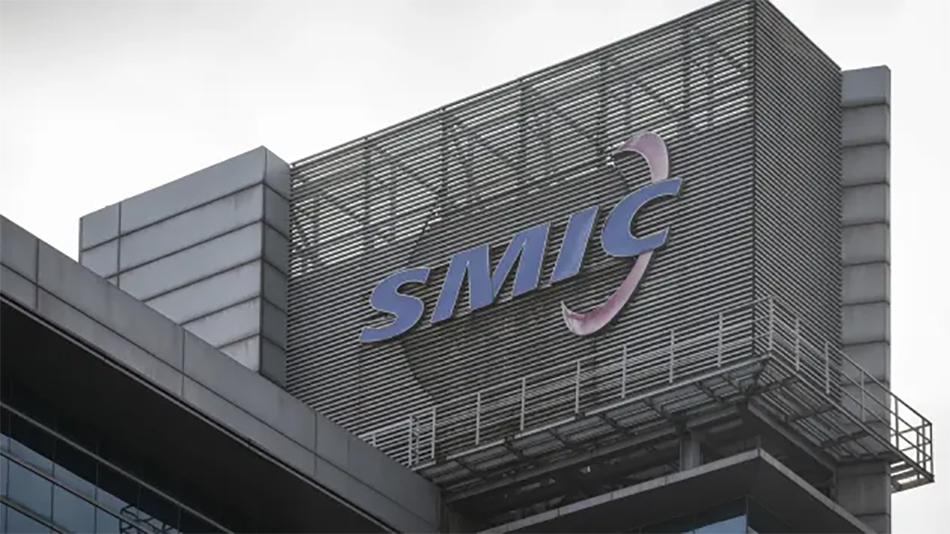China to Spend Billions to Fill Global Chip Shortage

At the recently concluded 2022 Mobile World Congress, Cristian Amon, Qualcomm president and CEO, said that there is an ongoing global chip shortage in his keynote speech. The crunch on the supply chain was due to the sharp increase in the demand for many things that use semiconductors, including automotive parts and consumer electronics.
Several countries are investing heavily in the semiconductor industry to overcome the shortage. Key players are countries in Europe, the U.S., and China. China recently announced that its government is supporting the industry by investing more than $150 billion until 2030 to boost the country’s semiconductor production.
Bigger production needed
China already produces about 36 percent of the electronics the world uses. As such, it is already the largest chip manufacturer in the world. It also ranks second to the United States in consuming semiconductor-using electronic devices.
Leading the charge to improve the balance in the semiconductor supply chain in China’s top chipmaker – Semiconductor Manufacturing International Corporation (SMIC). Despite being the fifth-largest chipmaker globally, SMIC still struggles to meet the industry’s demand because of the shortage.
How big is the microchip industry in China?
China dominates in electronics manufacturing. But its chip output from the different chip manufacturers in the country is not enough to meet their needs. Currently, China accounts for 7.6 percent of the total global sales of semiconductors. But that will change as the government plans to support the country’s chip manufacturing.
According to experts’ analysis, the semiconductor supply chain of China lags in semiconductor manufacturing equipment, chip design IP, semiconductor materials, EDA tools, and advanced logic foundry production. Older technologies limit the country’s output.
Nevertheless, it is third in 2020, after the U.S. and Taiwan, in the global fabless semiconductor market. The country currently sells analog chips, lower-end logic chips, and discrete semiconductors. However, Europe and the U.S. still rely on Asia for materials because the global providers cannot supply them.

Continuous production despite U.S. sanctions
Due to the U.S. sanctions, Chinese chip manufacturers have to rely on themselves to find sources and ways to improve their businesses.
In 2021, the chip companies in China managed to raise $11 billion in the financing, compared to the $19.4 billion raised by chip startups worldwide. The country’s semiconductor firms booked deals for 2021, 67.8 percent higher than their 2020 deals. Most of the financing activities were on chip production.
Because of the U.S. sanctions, which limited the country’s access to technologies and global manufacturers, China focused on building up its capacity to be self-sufficient in semiconductors. With government support and the high demand for consumer electronics, the country’s semiconductor industry provided design firms and manufacturers with many opportunities to remain in business.
SMIC expansion
SMIC’s profits doubled in 2021, and now the company is planning to invest $5 billion for its 2022 capacity expansion. Despite the U.S. sanctions, it managed to find markets, focusing on the increasing demand for 5G smartphones, consumer electronics, and smart vehicles.
According to reports, the capital increase will boost the company’s production capacity of 8-inch equivalent wafers from 130,000 to 150,000 monthly.
Because the company cannot import the most advanced chip-making tools, SMIC focused on the more mature 28-nm nodes for industrial and automotive applications. Right now, SMIC needs to have plenty of equipment for the production of 14-nm and 28-nm wafers.
Even if the demand for intelligent vehicles and 5G smartphone slows down, they believe that they can find new markets and devices that will need their semiconductors.